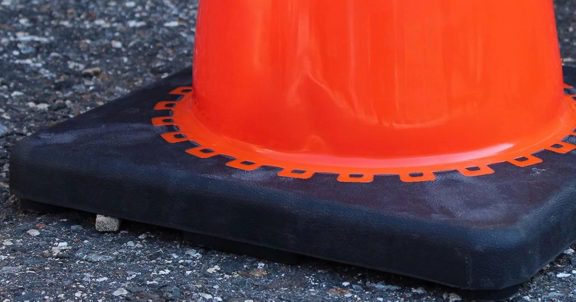
No fleet safety program is ever complete. Until collisions and risky driving behaviors reach zero, drivers are in danger of injury or worse each time they hit the road.
Many fleet managers implement training programs, motor vehicle record checks and driver scorecards to both proactively and reactively encourage safe driving. However, there’s another tool to add to your safe driving kit, fleet connectivity technology through a plug-in device or direct with the OEM.
Need a primer on fleet connectivity? Read our white paper, More than Miles: Bringing Trip Data into View with Fleet Connectivity.
Fleet Connectivity Tools For Safety
Advanced Driver Coaching
Before connected vehicle solutions, driver coaching was one size fits all. However, fleet connectivity allows the fleet office to manage each driver’s safety in real time. Easily track risky driving behaviors like speeding, sudden braking and harsh cornering. Map these events to a scorecard and determine who your most high-risk drivers are. In turn, you can target those few for additional training and reward the others for being model drivers.
As mentioned previously, driver monitoring is not meant to be a punitive tool, where you discipline drivers for each infraction. Instead experts recommend mapping trends over time and comparing drivers’ behavior to your entire fleet operation. After all, some harsh braking events are necessary for defensive driving. However, if someone has an over-abundance of those events, perhaps it’s time to assign additional, targeted training.
Fleet Vehicle Cameras
While standard telematics devices read the vehicle’s CPU to gather data on driving behaviors, there are other tools available. High-definition cameras on the dash recording both the interior and exterior of the vehicle offer a more complete picture of the driving scenario. This comes in handy when a collision occurs and you’re unsure if the driver or an outside factor contributed. Going further, this is valuable in insurance disputes and can help you recoup funds when the video proves the driver is not at fault.
One of the most beneficial parts of an in-cabin camera is to proactively monitor drivers’ behavior. If they know they’re being monitored they’re more likely to practice safe driving habits. Additionally, cameras can track and report out on cell phone usage, smoking, driver fatigue and more. Drivers can be immediately alerted of their high-risk behaviors with in-cabin warnings (buzzers or spoken directives) or later in one-on-one coaching sessions with the fleet office.
Fleet Connectivity Reporting Tools
What exactly occurs on the road when you send out drivers each day? Fleet connectivity tools provide the insight that is missing, easily compiled into a dashboard. View high-level trends such as top speeding violations and the most aggressive drivers. See each driver’s scorecard both at a glance and in rich detail.
Determine what actions are most important to your fleet and set up alerts in whatever delivery cadence works best for you, such as daily and weekly, and get notified when an activity takes place or when your fleet passes a certain threshold.
What safety insights are you missing into your fleet? Email me at [email protected].